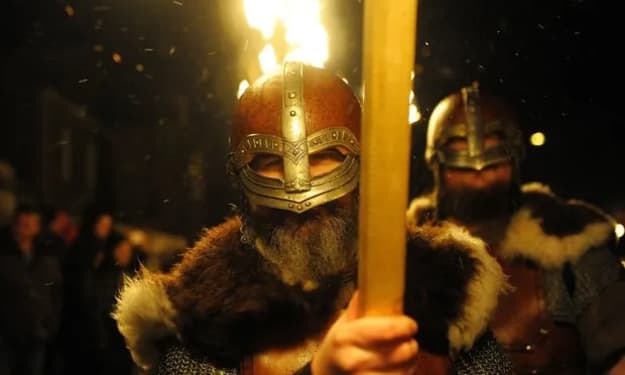
In essence, a Crusader Helmet is a piece of armor made of metal or horn that protects the head and neck. It is usually fixed with reinforcing plates to keep it strong. This helmet usually has no brim and is often also referred to as an "anvil" due to its shape which resembles that of an anvil. This type of helm, in its simplest form, appeared during the Crusades. These helms were popular among knights and mounted soldiers between the 11th and 14th centuries.
There were several variants of the helmet available during this period and they had a pointed shape with an elongated top and a flat brim which was wide/narrow depending on the version selected by the user (generally it varied between 2-4" wide). Some of these helms also featured a small extension on the front side used for extra protection against sword blows. A large number of these helms were manufactured in Italy, Germany, and Bohemia.
History of Crusader Helmets
On a cold day in the year 1111, the Kingdom of Jerusalem was under attack from the forces of Fatimid Egypt. Leaders of the Christian kingdom had gathered their army to fortify a small village at Ascalon on the southern border and defend it from invaders. In order to protect their soldiers, they were presented with two designs for helmets; one based on ancient Roman design and one more homemade style.
The latter became popular with later crusaders and is still used by military personnel today.
The helmet became known as the "Great Helm of Ascalon" and had a major impact on the design of all helmets that followed. In fact, its basic design can be seen in the modern-day soldier's helmet.
It was made entirely from leather and consisted of five different parts: a steel crest, nose guard, gorget, band, and cheek pieces. The steel crest was located at the top of the crusader helmet which signified high ranks and was where most head wounds occurred. The rest of it was covered with leather which offered better protection than previous designs where metal or wooden plates had been used instead.
Wearing a Crusader Helmet:
It's a lot of pressure putting on a Crusader Helmet, and it's not just from the heft of the metal! The media has led us to believe that wearing this iconic symbol means something fierce and powerful. But all too often, people who don't know better are disappointed when they find out that it doesn't look anything like what you see in movies or games.
The first thing you need to know is that your helmet is not actually shaped like a great big metal bowl on your head, and that's a good thing! You may have seen the cone-like cervelliere helmets of Italy or espaliers of Spain, but as far as we're aware the helmet wasn't quite so tall. On the other hand, you'd never mistake one of these for a movie or video game depiction!
Instead, think of your crusader helmet more like a pot or kettle hat (we've even heard it compared to a little tea kettle too), with the bottom edge flaring outwards. There is a very good reason for this; unlike a bowl helmet, it will deflect blows from weapons instead of shattering under them.
Another thing you'll notice is that your helmet has two lugs on the top. These are called "cheek pieces" and they ensure your helmet stays snug and well-adjusted to your head. They are an important part of the helmet's structure and should not be removed!
A third element you'll see is that your helmet has a nose guard, called a nasale, which extends out at roughly eye level. This means that even at your most aggressive, you can still see (and breathe) without any issues.
Each crusader's helm has a distinctive shape that no two are exactly alike. Some people may find their helmets to be quite squatty and stubby, others will find their helmets big and blobby. No matter what the size or shape of your helmet, you'll have the same basic features with a few variations depending on who made your crusader helmet.
The Historical Significance of Crusader Helm!
The crusader helmet was a metal, close-faced head protection made to protect soldiers during the Crusades. It is also known by the name "salade" and "galerus". They were used from roughly 1100 BC to 1400 AD. There are many variations of these helmets, but most include two holes for the eyes and one slit on either side of the mask that serves as an airway or breathing intake point.
The ones that have a single eye slit are called “roll-eyes” or “Great Helm” while those with slits on both sides are known as “Bascinets”. These helmets were so popular and were so widely used, that there was even a Saint of the Catholic Church that was named after the crusader helm. It became common to have one of these helmets with each soldier on both sides of the war.
But it wasn’t just for soldiers out on a battlefield. A study of the crusader helmet finds that they were also commonly used for tournaments and as protection for jousting. The tournaments were usually held as entertainment between members of different European royal families and knights.
About the Creator
Mai Sophia
A Writer/blogger by day, a knife enthusiast and survivalist by night. I've reviewed a lot of products and have helped people make the right purchase
Enjoyed the story? Support the Creator.
Subscribe for free to receive all their stories in your feed. You could also pledge your support or give them a one-off tip, letting them know you appreciate their work.






Comments
There are no comments for this story
Be the first to respond and start the conversation.